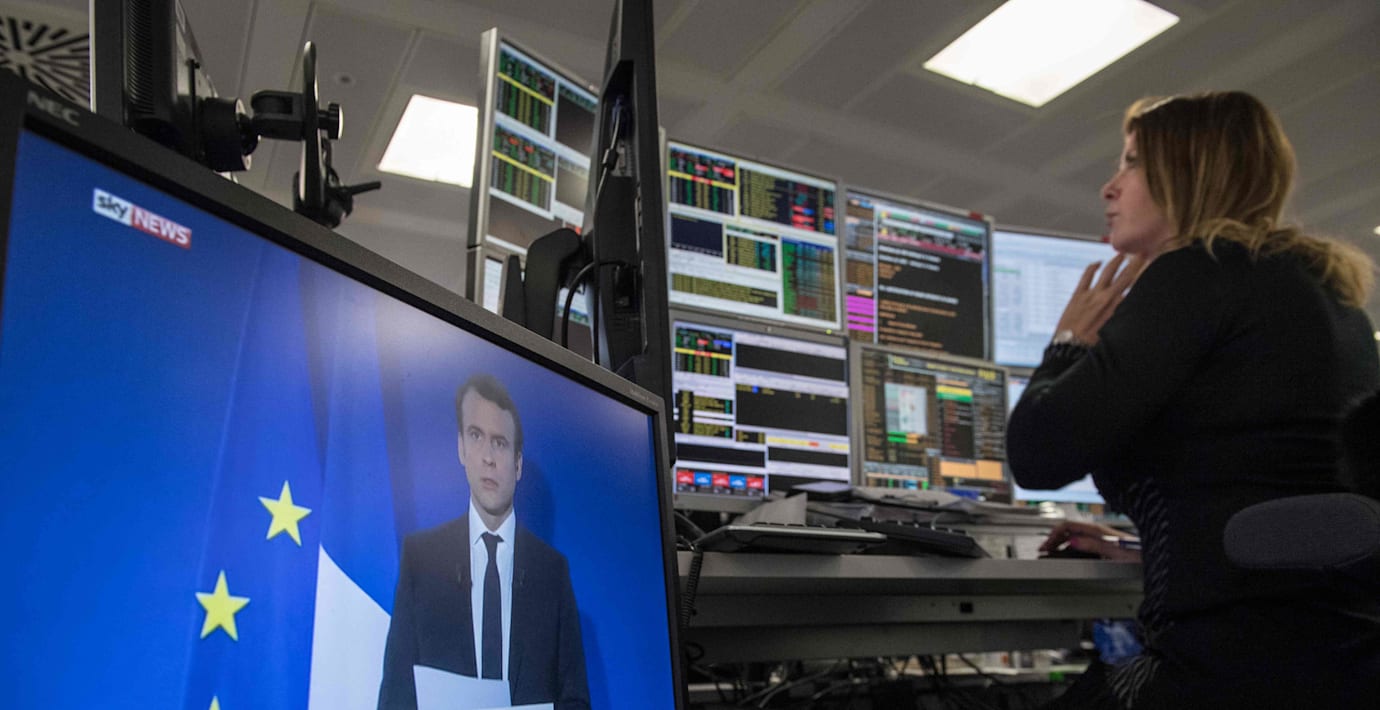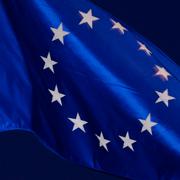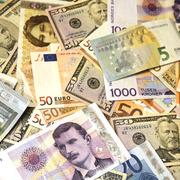
Bankernas tradingvinster hotas av EU:s regelpaket
Världens största banker kan lida ett försäljningstapp på upp till 15 procent för sina tradingverksamheter när EU:s nya finansregler träder i kraft nästa månad. Det nya direktivet Mifid 2 innebär stora omdaningar av finansbranschen som sätter ytterligare press på storbankerna som redan kämpar med aktiehandeln, enligt Coalition Development.
Ett skäl är att de nya reglerna innebär att bankerna inte får baka in kostnaderna för aktieanalys i sina kapitalplaceringstjänster. I stället måste bankerna hitta andra sätt att finansiera verksamheten.
– Bankerna står inför smärtsamma samtal med kunder i sina försök att täcka kostnaderna, säger Coalition Developments analyschef Eric Li till Bloomberg.
Analyshuset tror att intäkterna kommer att minska över en tvåårsperiod. För investmentbanker i Europa, Mellanöstern och Afrika kan det innebära att intäkterna för bankerna sjunker med 2,6 procent i sin helhet. Många finansbolag uppges vara oförberedda på de kommande förändringarna.


